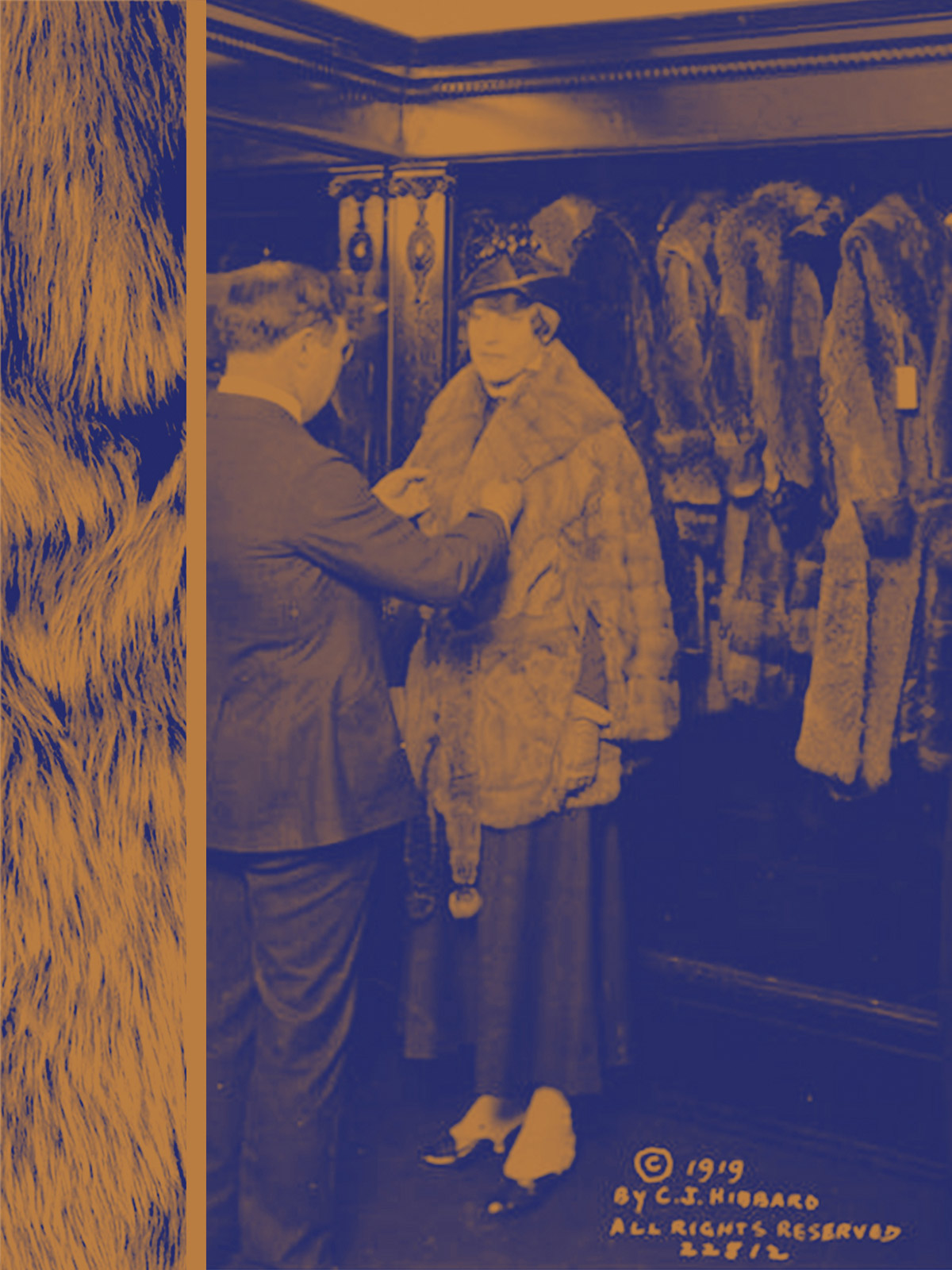Reckoning with the growing pains of shifting toward sustainability at Maison de Mode's Future of Fashion summit.
Last month, the Prada Group joined its high-end counterparts in swearing off fur, beginning in Spring 2020. Gucci, Burberry, Chanel, and other prominent design houses beat Prada to the punch. Nobody is showing fur at London Fashion Week this fall.
In the first two panel discussions at Maison de Mode’s inaugural Future of Fashion summit, hosted by FIT, Doutzen Kroes of anti-ivory campaign Knot on my Planet, Liya Kebede of ethical fashion brand Lemlem, amd Gabriela Hearst of Gabriela Hearst, discussed the challenges and rewards of shaping a brand around sustainability. They talked alternatives to shipping by plane and debated how best to forge a seamless marketing connection between luxury and sustainability. Though Liya focuses on improved livelihoods for Ethiopian weavers, Doutzen on African elephants, and Hearst on sustainable materials, the ethos: a commitment to prioritize sustainability, was clearly shared. In other words, challenge accepted. The conversation often optimistically echoed ten-year-old rhetoric about cell phones or the internet: get on board or get left behind. When it comes to changing our ways for the good of the planet, as Doutzen said, “there are no excuses.”
But during the third panel, when P.J. Smith and Tia Matthews sat down for a discussion on the future of fur, an ethical chasm opened. As the Director of Fashion Policy for the Humane Society, P.J. has made a career of lobbying the aforementioned brands, among many others, to go fur-free. Tia is the Fashion Business Director of Saga Furs, a luxury fur auction house. In the cordial back and forth that ensued, Tia underscored Saga Furs’ ethical conduct. The website’s “Sustainability” section features a page entitled “Animal Welfare – a top priority,” as well as an explanation of the company’s adherence to the Welfur programme, among other initiatives designed to ensure accountability, including an pelt tracking app. She also argued that faux fur increases plastic production. P.J. countered that the toxic chemicals used to keep fur from rotting render it non-biodegradable. Though Tia successfully highlighted that faux fur isn’t an automatically sustainable practice, the idea that consumers must choose between plastic and cruelty did not hold water.
Throughout this battle of facts, the elephant in the room was the glaringly oxymoronic nature of ethical fur farming. P.J. addressed this dilemma by reiterating the rationales of the previous panelists, “You have to be able to adapt, as an industry, to what consumers want,” ominously citing economic sufferings of SeaWorld following the release of Blackfish and the recent closure of the Ringling Brothers Circus. “In college, I worked at Blockbuster Video” he said. “At one point they had a chance to buy Netflix for fifty million dollars and they didn’t and we all kind of know where they ended up.” And, as P.J. noted, the laws are changing to reflect consumer habits. Tia claimed fur sales haven’t dropped materially but, in the near future, remaining consumers might not have a choice. Many cities and countries around the globe have banned fur sales or are in the process of doing so. Even in New York City, one of the largest fur markets in the world, the City Council is considering a bill that would ban almost all fur sales.
The summit illuminated the inextricable but gnarled connection between sustainability and marketability. The panelists’ opinions heavily varied regarding the degree to which sustainability should dominate a brand’s image in order to maximize consumer support. Editor in chief of Marie Claire, Anne Fulenwider, opened the summit by saying that she buys what she wants rather than what she thinks she should buy, meaning sustainability on its own is not enough to sell. Liya’s response coalesced; she said the best way to get people to buy sustainable is to do it quietly. Gabriela agreed partially, saying that “the design has to be right” but insisted that sustainability is a productive marketing strategy in addition to a moral necessity. P.J. asserted that animal cruelty is bad press for brands; ergo, ethical and sustainable production is a plus.
Despite these differences, everybody agreed upon the idea that fashion will adapt to become more sustainable because it must. And, the optimistic takeaway: it can. Beautiful garments can be upcycled. Non-virgin materials can be cheap. Environmentalism can be, for better or for worse, trendy. But if all this is true and if, as P.J. noted in the first few fives of the panel, the concept of luxury is shifting towards ethics and innovation—where does this leave industries founded upon unsustainable practices? Neither Tia nor P.J. had a fleshed-out an answer. What do companies like Saga Furs do when the fur market deflates completely assuming, reasonably, that filing for bankruptcy is not their first choice? A solution, ideal or not, will present itself sooner rather than later because, as P.J. noted, “The least sustainable product is a product that nobody wants to buy.”



















